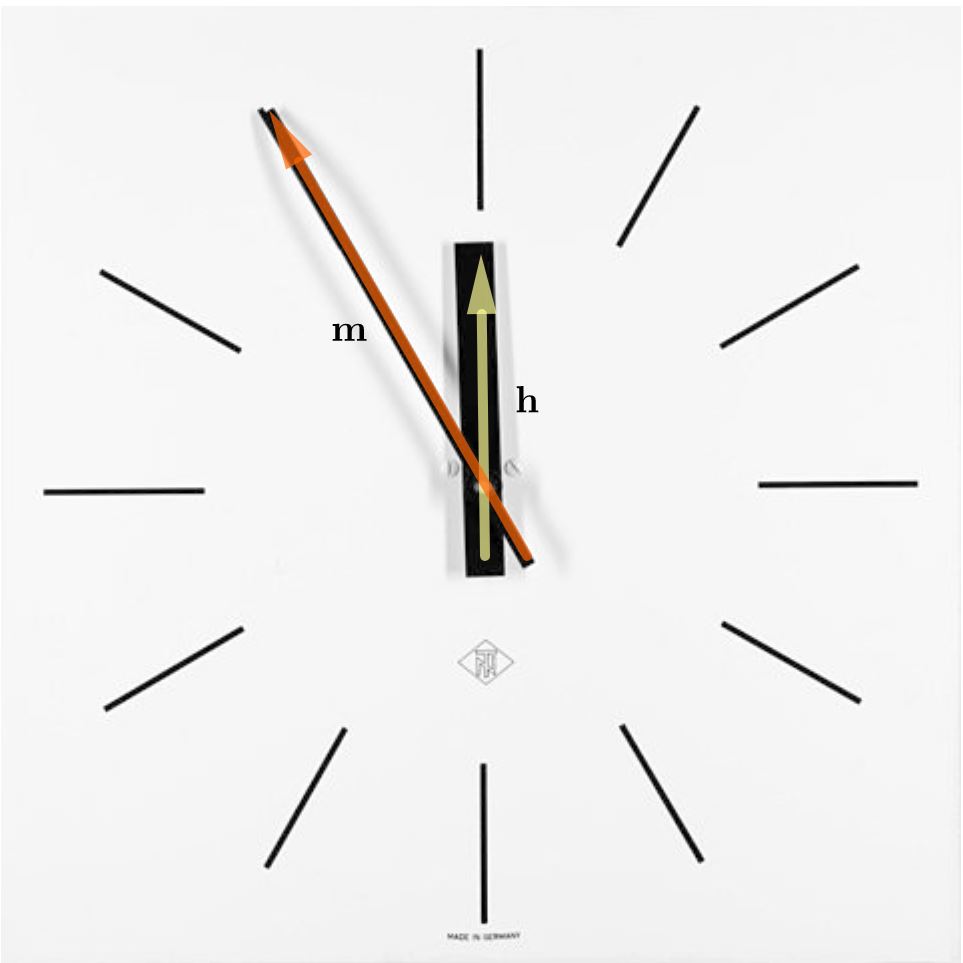Dot Product and Angle
Given two vectors and , let be the angle between them such that . We will refer to as the included angle.
The following theorem establishes a relationship between the dot product and the included angle.
- Proof
- Consider the triangle formed by , and .
By the Law of Cosines we have:
By Theorem th:dotproductpropertiesitem:norm of Dot Product and its Properties By Theorem th:dotproductpropertiesitem:distributive-again of Dot Product and its Properties By Theorem th:dotproductpropert iesitem:distributive of Dot Product and its Properties By Theorem th:dotproductpropert iesitem:commutative of Dot Product and its Properties
Orthogonal Vectors
We can use Theorem th:dotproductcosine to show that two non-zero orthogonal vectors of are simply perpendicular vectors (the included angle is ). To see this, suppose that for nonzero vectors . Then from Theorem th:dotproductcosine we have Since are nonzero vectors, we have , which implies . The converse also holds. If , then the dot product is clearly 0.
The reason we prefer the term “orthogonal” to “perpendicular” in this course is because is only one example of a vector space, and the dot product is only one example of a more general product, called an inner product. For vectors in a zero dot product happens to coincide with the geometric idea of perpendicularity, but there are many vector spaces that do not possess the visual geometry of . (Later in the text, you will encounter vector spaces whose vectors are polynomial functions!) In these more abstract settings, a zero inner product still signals a special relationship between vectors. The term orthogonal captures this relationship.
Practice Problems
Answer:

Answer:
Photo Credits
The following images are courtesy of Wikimedia Commons
Hannes Grobe, Wall clock manufactured by Telefonbau & Normalzeit. CC-BY 3.0